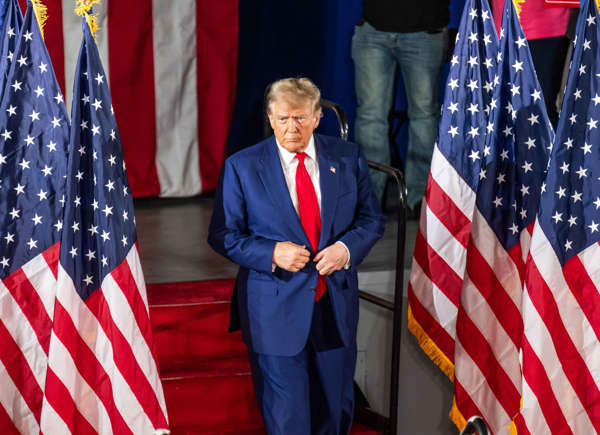Supreme Court Takes Up Case on President Trump’s Firing Power
The Supreme Court reconsiders precedent that limits a president’s power to fire federal officials. First of all, the high court agreed on Monday to hear an expedited appeal. In this case, the court will decide if President Donald Trump acted lawfully. Furthermore, he has fired board members at independent federal agencies. Consequently, the court’s action could overturn a 1935 precedent. This Roosevelt-era ruling allowed Congress to protect these agencies. Moreover, it barred presidents from firing their leaders for political reasons. The administration has, in fact, sought to upend this system. This system has given agencies a degree of independence. Therefore, the outcome of this case holds great importance.
On the other hand, the court temporarily removed a board member. For example, the judge will hear arguments in December. The case, meanwhile, concerns Rebecca Kelly Slaughter. She has served on the Federal Trade Commission (FTC) since 2018. However, the court’s three liberal justices dissented from that decision. Justice Sonia Sotomayor, Elena Kagan, and Ketanji Brown Jackson disagreed. Indeed, they argued the court’s precedent should control. Kagan said the court’s emergency docket should not permit such actions. She also noted its use to transfer power to the president. The court, in fact, declined two related cases. As a result, this action focuses the dispute on the FTC alone. Thus, the new Supreme Court reconsiders precedent ruling will have major consequences.
For instance, the Humphrey’s Executor ruling itself involved the FTC. It allowed Congress to require cause for dismissals. In addition, overturning it would give presidents immense power. They could, subsequently, remove officials who enforce anti-trust laws and labor rules. Furthermore, they could dismiss those who regulate publicly traded companies. The current court has already shown skepticism. Four years ago, for instance, the conservative majority ruled against similar protections.
Chief Justice John Roberts wrote for the majority. He said the president’s power to supervise officials comes directly from the Constitution. However, that previous ruling only applied to single directors. It, furthermore, left the Humphrey’s Executor precedent in place. Now, the court will directly consider a multi-member board. The Humphrey’s Executor case itself dates to 1933. At that time, President Franklin Roosevelt fired an FTC commissioner. The commissioner’s estate then sued for his salary. The Supreme Court then unanimously ruled his dismissal was improper. Ultimately, it stated that officials need independence to do their work.
Attribution: Source: CNN (Story by John Fritze)




